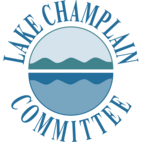Water News from Near and Far
Salmon Spawning
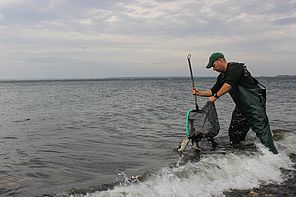
A record number of landlocked salmon have been returning to spawning streams on Lake Champlain this month. The piscine bounty has been noted on the Winooski River, the Boquet River and at Hatchery Brook, which runs from the state-run fish hatchery in Grand Isle. Most returning fish originated in hatcheries as natural reproduction is still low. However, with the strong population numbers and increasing work on habitat restoration there is hope that natural recruitment will increase.
Can Streambank Erosion Reduce Phosphorus Loading?
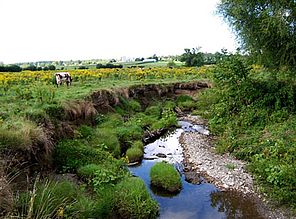
Streambank erosion accounts for 20% of the phosphorus that enters Lake Champlain according to the recent pollution budget produced by EPA. That same budget calls for a 43.4% reduction loading from streambank erosion, in order to help prevent blue-green algae blooms. A new report from the University of Vermont (UVM) suggests that in some cases, erosion from stream sediments may actually reduce phosphorus available to blue-green algae. This counter-intuitive hypothesis is based on the idea that some eroded soils, from deeper in the soil profile, are low in phosphorus. When these soils enter waterways, they adsorb phosphorus from other sources rather than releasing it. The adsorbed phosphorus then becomes less available for use by blue-green algae. So, although the soils do contribute to total phosphorus loading, these particular sites do not promote blue-green algae growth.
The research leading to this conclusion has been conducted by professor of plant and soil science, Don Ross and his students, and appeared in the Journal of Environmental Quality. The work was done along streams that drain largely suburban areas. Ross did note that in other streams he has studied the available phosphorus levels were not nearly as low as in these streams. Ross is concerned that resources spent to remediate stream bank erosion may reduce total phosphorus loading without having any impact on the real problem, blue-green algae blooms.
Election Results Good for Lake George
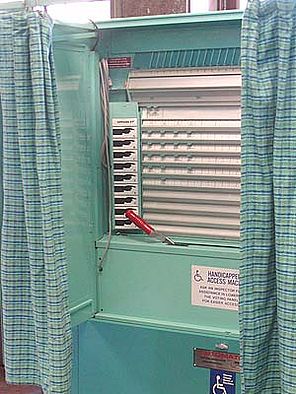
The slate of candidates re-elected in the Town of Lake George earlier this month have a reputation as advocates for the lake, according to Peter Bauer of Protect the Adirondacks. The three officials, Supervisor Dennis Dickinson and Board members Marisa Muratori and Dan Hurley, were instrumental in establishing mandatory boat wash stations at lake access points to protect against the spread of invasive species. They have also played a key role in upgrading sewer and water treatment systems during their last four years in office. The incumbents faced a challenge from opponents arguing for greater protection of “property rights”. Part of their opponents' platform was an argument that local government officials should not be involved in lake protection matters.
Lake Erie Algae Bloom Largest Ever
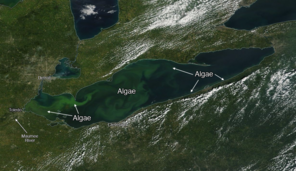
This year's blue-green algae bloom on Lake Erie was the largest ever, surpassing the massive bloom of 2011, according to the National Oceanic and Atmospheric Administration (NOAA). Scum from the bloom covered over 300 square miles at its peak in mid-August. Late spring and early summer rains helped drive the bloom. The Maumee River, the main source of nutrient loading to Lake Erie, experienced record discharge levels in June, and discharges remained high into July. Scientists grade the severity of blooms on a scale from one to ten, but this year's bloom scored a 10.5, surpassing early season predictions of its extent.
